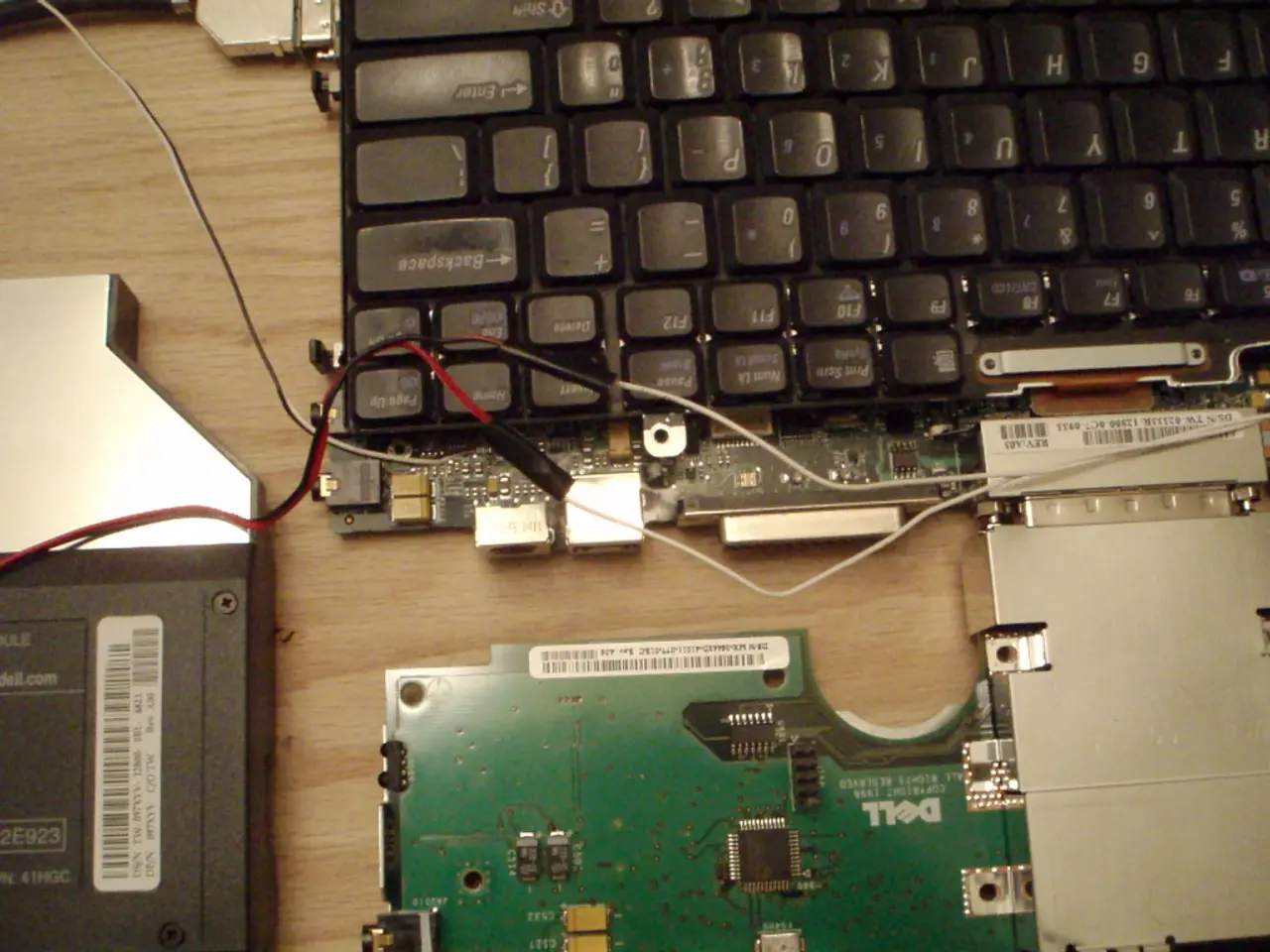Advanced Digital Aids for People with Impairments
In today's digital age, technology has become an integral part of our daily lives. However, for many individuals living with disabilities, accessing and interacting with digital content can present unique challenges. This article aims to shed light on the transformative role of assistive computer technologies in creating a more accessible and inclusive world.
Voice Recognition Software, such as those that convert spoken words into text and execute voice commands, offers hands-free computer operation for individuals with physical disabilities. For those with speech recognition difficulties, this technology can be a game-changer, enabling them to navigate the digital world with greater ease.
Visual impairments can make it difficult to read or interact with on-screen content. In such cases, Screen Readers and Braille Displays play a crucial role. Screen Readers vocalize or Braille text displayed on the screen, allowing those with visual impairments to access digital content. Braille Displays, on the other hand, translate text into Braille characters, enabling blind or visually impaired users to read text through touch.
Physical disabilities may hinder the ability to use standard input devices like keyboards and mice. Adaptive Keyboards, with larger keys, alternative layouts, or customizable interfaces, accommodate users with limited mobility or dexterity. Mobility Aids such as joystick controls, touch screens, and specialized mice cater to a wide range of mobility needs, making computer access more inclusive.
Eye-Tracking Technology, recently developed by the company Tobii, allows users with severe physical disabilities to control computers through eye movements. This innovative system offers a new level of independence for those who may otherwise be unable to interact with digital devices.
Assistive technologies significantly impact education by offering alternative ways for students with disabilities to engage with learning materials. In the workplace, these technologies can level the playing field for individuals with disabilities, allowing them to perform job tasks effectively.
The continued advancement and integration of assistive technologies promise even greater opportunities for empowerment and inclusion in the future. Innovation in this field includes more sophisticated AI applications, improved natural language processing for voice recognition, and the integration of assistive devices with mainstream technology.
It is crucial for society to support innovation and development in the field of assistive technologies to ensure that everyone has the tools they need to thrive in the digital age. Accessibility standards and guidelines are essential in the development of assistive technologies to ensure inclusivity in technological design. This guide aims not only to inform and educate but also to inspire action and advocacy for a more accessible and inclusive world.
In conclusion, assistive computer technologies foster greater independence, accessibility, and engagement with the world for individuals with disabilities. From shopping online to socializing via social media, these technologies are making everyday activities more accessible, thereby enhancing overall quality of life. As we continue to innovate and integrate these technologies, we move one step closer to a truly inclusive digital world.
Read also:
- Peptide YY (PYY): Exploring its Role in Appetite Suppression, Intestinal Health, and Cognitive Links
- Toddler Health: Rotavirus Signs, Origins, and Potential Complications
- Digestive issues and heart discomfort: Root causes and associated health conditions
- House Infernos: Deadly Hazards Surpassing the Flames








